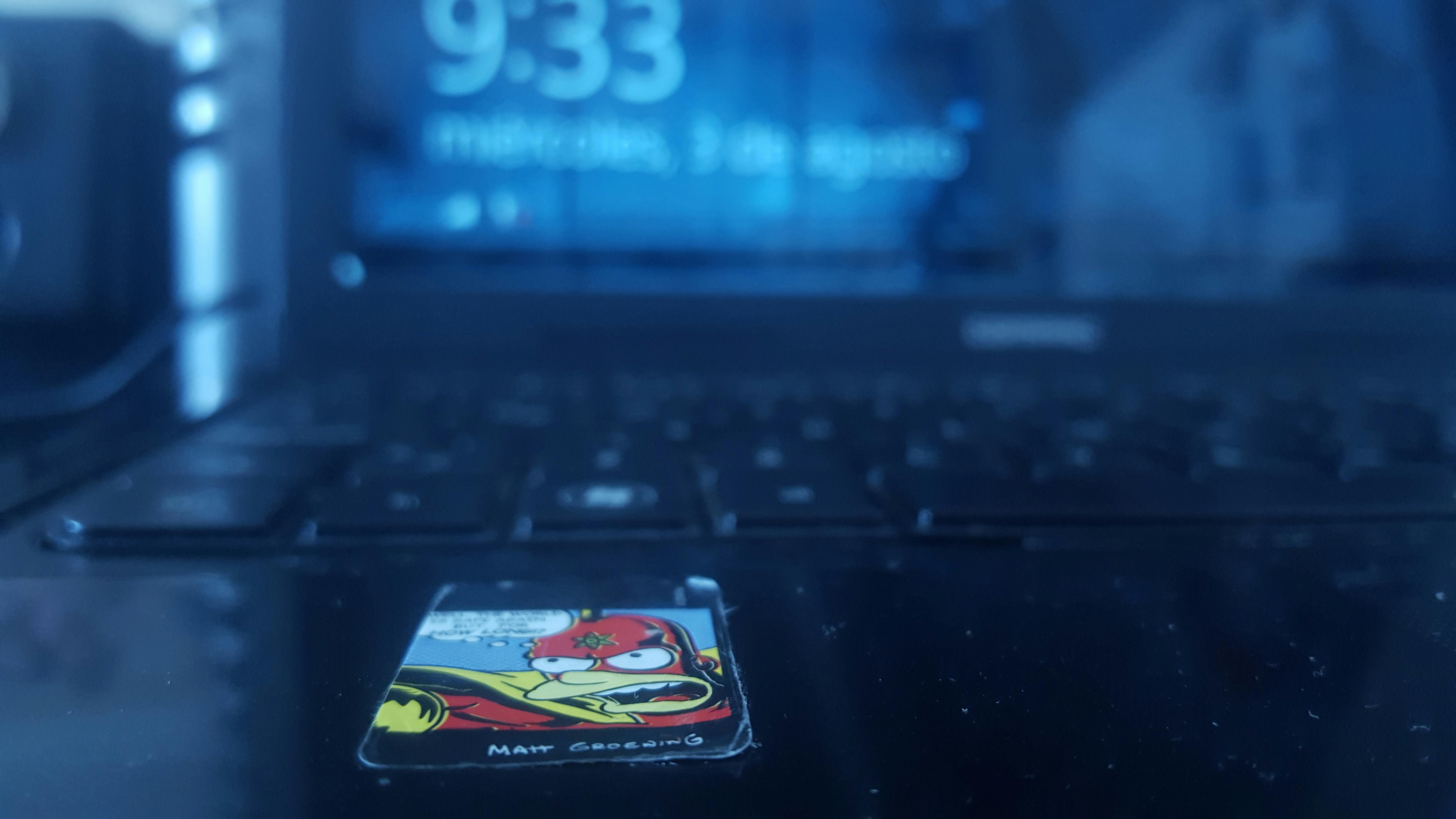Spam is more than just a nuisance. It is harmful to the environment.
Each of us receives 40 pounds of junk mail each year. The number of trees needed to produce so much mail for all of us? 100 million.
The Center for a New American Dream says it’s like deforesting Rocky Mountain National Park 3 times a year, and creating and then getting rid of all that junk mail takes more energy than 3 million cars.
The Environmental Protection Agency reports that in 2005, nearly 6 million tons of direct mail and catalogs went to waste. That’s enough to fill nearly 500,000 garbage trucks. Only 22 percent of things are recycled.
These enormous environmental costs come with little reward. Americans throw away 44 percent of mail without even opening it, and we respond to only 2 percent.
You may be surprised to find out how easy it is to drastically reduce the amount of spam you receive. This is what you can do today:
one. Sign up for the Direct Marketing Association Opt-Out Program. The Direct Marketing Association (DMA) has a Mail Preference Service, which is the closest thing to a Do Not Mail list the country has right now. DMA members must use this opt-out program. Non-members are granted access to the list and are encouraged, but not required, to use it.
The registry works only for home addresses (not business addresses) and will stop only domestic postal shipments. Still, the DMA says this will stop up to 75 percent of the domestic direct mail pieces it receives.
The fastest way to get on this list is to complete the online form at DMAConsumers.org. The form asks for your credit card number because you will be charged a $1 processing fee.
You can also request the activation of the preferred service via email. Simply send your full name and address, along with a $1 check or money order, payable to DMA (not cash), to: Mail Preference Service, PO Box 282, Carmel, NY 10512
You will need to wait about 90 days for the spam to start to decrease (a little longer if you mail the form instead of completing it online).
This should cover you for 5 years, at which point you will need to register again.
2. Stop credit card offers. Visit OptOutPrescreen.com or call 1-888-5OptOut (1-888-567-8688). The major credit bureaus (Experian, Equifax, and Transunion) maintain this service free, which allows you to opt out of offers of credit or insurance. The entire process takes less than a minute. You may opt out through the Website for a duration of five years. If you want to permanently unsubscribe, you must do so by mail. The website also has instructions for doing this.
3. Reduce catalogs. There is an alliance of publishing companies and catalog companies that compiles the names and addresses of those of us who like to order through mail order catalogs. They then share the information with other companies in the alliance. You may opt out of this alliance by sending an email to [email protected] or a letter to Abacus, Inc. PO Box 1478, Broomfield, CO 80038
Some catalog companies do not verify these opt-out programs. In this case, and for any company that continues to send you direct mail, look up the customer service number or address and ask to be removed from the list. You can also request that they not share your information with other advertisers.
Four. Contact individual senders. The three steps detailed above should drastically reduce the amount of spam you receive. For the rest, your best bet is to contact senders individually. These companies are required to allow you to opt out of receiving their mailings. It may take some time to get in touch with everyone spamming you, but it’s worth it for you and the environment. Please note that if an unsolicited mail is sent first class, you can return it. Check your information and write “Rejected-Return to Sender”.
5. Consider your phone list. It’s helpful to get an unlisted phone number because some sellers get their name and address from phone lists. If you do not wish to be unlisted, you can ask the telephone company not to include your address with your name. Most will do it for free.
6. Protect your personal information. Only provide your personal information to trusted companies with the specific request that they not share or sell it. It may be helpful to apply for a privacy designation with your mortgage company, cable company, bank, etc., as well as any magazines you subscribe to and any clubs or groups you belong to (including supermarket loyalty programs). Let them know in writing that you do not want your personal information shared.
7. Think twice before sending out product registration cards. Product registration cards and customer survey cards often get you on a mailing list as well. If you send the card (which you may want to do to be notified in the event of a recall, for example) please include only the most essential information (typically your name and address, date of purchase, and product serial number). .) And include a request that your personal information not be shared.
8. Be careful when entering sweepstakes and contests. Submit your name and address for sweepstakes only if there is an option to opt out of the resulting mailing list.
It’s probably not possible to stop all spam, so for those bits of mail that do get through, be sure to recycle them. And know that he did what he could to give Mother Earth a little break.
